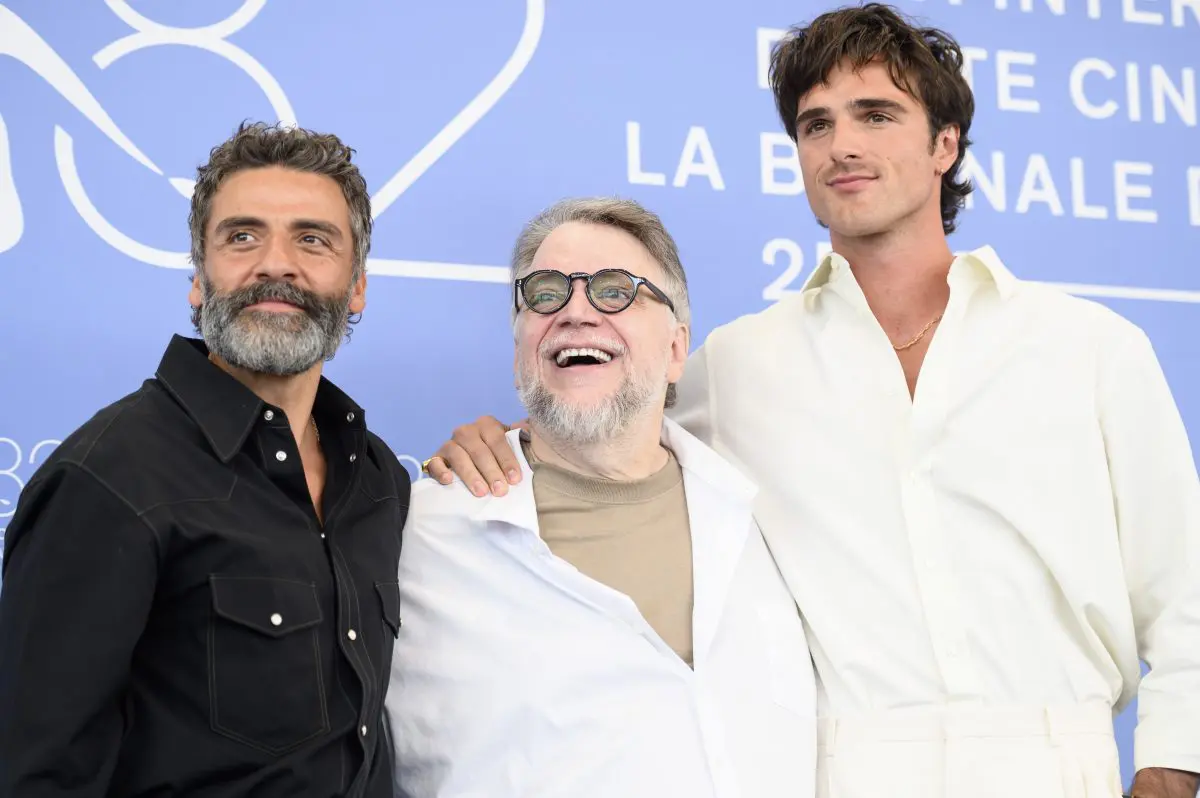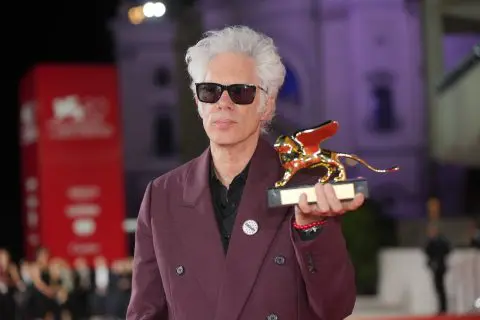When Mary Shelley wrote her novel “Frankenstein, or the Modern Prometheus” in 1818, she couldn’t have foreseen that her story of ‘creator and creation’ would become a testing ground for Oscar ambitions two centuries later. In 2025, Guillermo del Toro integrates Shelley’s philosophical venom into the visual and emotional language of cinema — making “Frankenstein” a film structurally oriented toward Oscar awards. This is precisely how the film was received by its first audiences at the 82nd Venice Film Festival premiere.
The early 19th century. Nineteen-year-old Shelley, who lost her mother almost immediately after birth, lived surrounded by ideas, philosophical conversations, and poetic dreams. Her father, the well-known political philosopher William Godwin, was a man of cool reason; her mother, Mary Wollstonecraft, had already made history before her death as one of the first female philosophers to write about women’s rights. But Mary Shelley herself was left not so much with a philosophical tradition as with a void, an internal crack through which darkness and melancholy constantly penetrated her life. Once, in a close circle of friends, young poets and radicals, including her lover Percy Bysshe Shelley and Lord Byron, the later challenged everyone to participate in a fun competition: writing a Gothic story. Mary came up with “Frankenstein”, which would become one of the most important metaphors of European culture, a novel about the pride of the creator and the loneliness of creation.
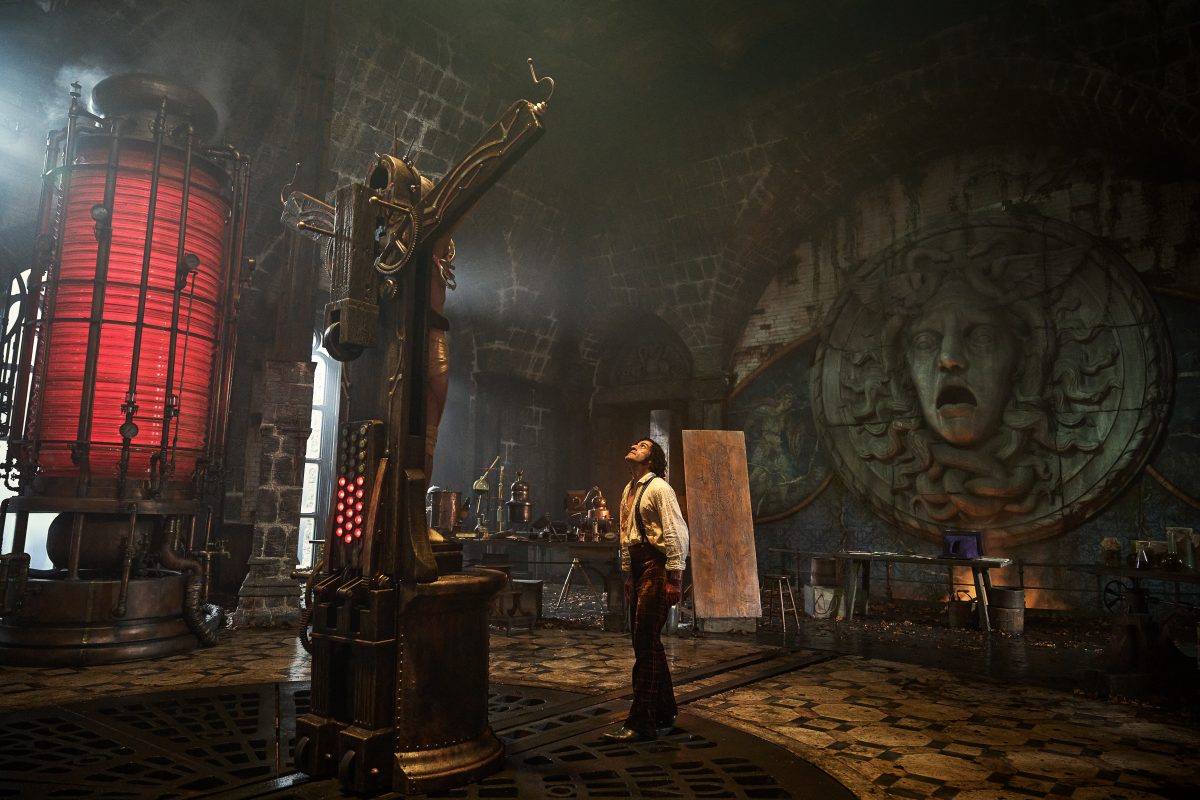
What del Toro Changes and Why It Works
The story of Victor Frankenstein and his creation was already perceived by the first generation of readers as a philosophical parable: a young scientist, determined to penetrate the mystery of life and imagining himself a god, creates a living being. But this ‘creature’ turns out to be not a monster but a being deprived of love, family, and acceptance. People greet him with fear, and this fear breeds cruelty. As a result, tragedy befalls both sides: the mad scientist and the lonely, rejected creature. Mary Shelley intended the novel as a warning: not only about science without morality or human beings without responsibility for the life they created, but also about a society ready to see every ‘other’ as an enemy. Today, two hundred years later, science is once again moving faster than we can comprehend its steps. Only the forms of fear change: then, electric sparks in a laboratory; now, algorithms and networks. But the question remains: what does it mean to be human? In response to journalists’ questions at the Venice Film Festival, del Toro says he’s “not afraid of artificial intelligence, but rather of natural stupidity”.
For Guillermo del Toro, literal fidelity to the source material isn’t important. What matters to him is cultivation emotion and drama to archive a result capable of attracting hundreds of millions of viewers on streaming platforms and ultimately to run for an Oscar. The novel becomes a cinematic language, where every twist and turn works to build audience empathy and highlight a clear human theme.
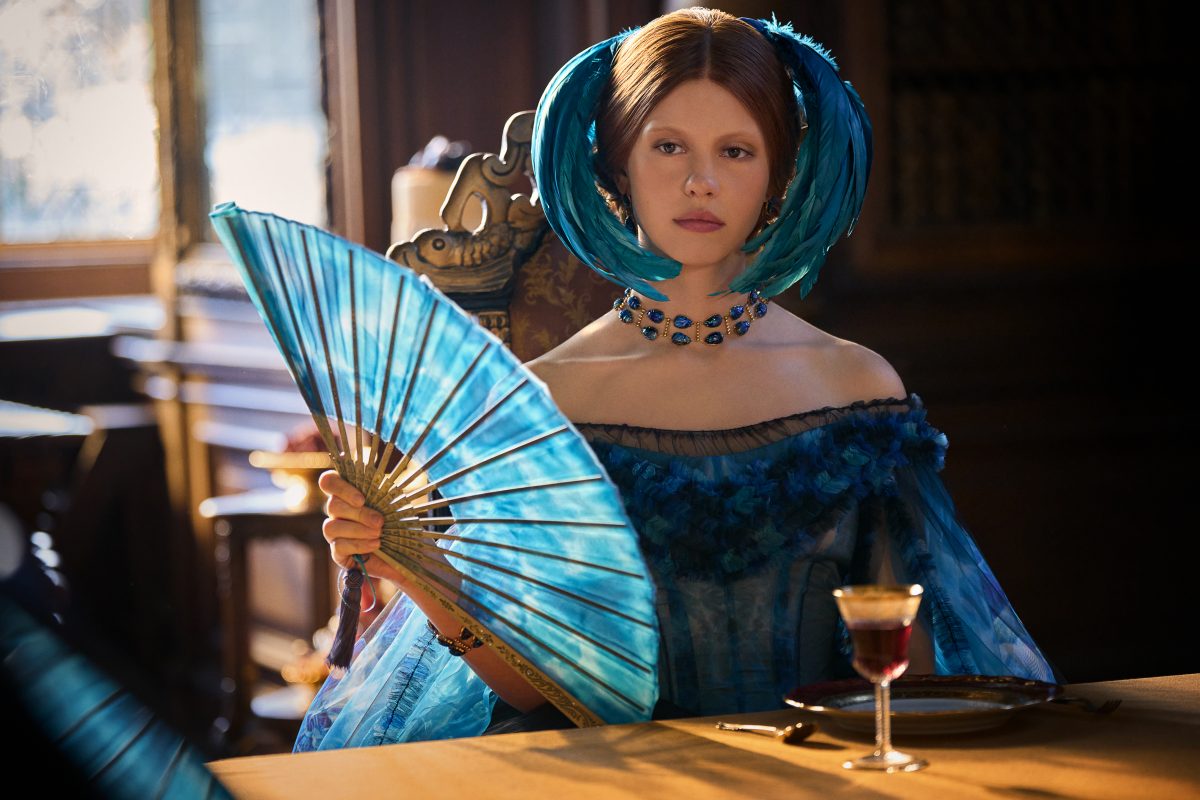
Take one of the heroines of the novel and film, Elizabeth. In the book, she’s merely the angelic bride of Victor Frankenstein. For the big screen, that’s not enough. In del Toro, she (played by Mia Goth) becomes the bride of Victor’s younger brother and is herself taking her first steps in science. Yet, unlike the monster’s creator, she retains her capacity for empathy. She is one of only two people in the film who truly sees the monster’s soul and responds with attention and love. For del Toro, women often become conduits for understanding. In “The Shape of Water”, the connection with the Amphibian Man is also carefully nurtured by a female character. Here, this narrative thread provides the story with an emotional anchor and moves it beyond the ‘scientist and the monster’ framework into a conversation about human dignity.
The director deliberately shifts the narrative angle: in the novel, the story is told by the captain of a Danish ship; in the film, the Danish captain is present and listens, but Victor (Oscar Isaac) himself speaks, in the form of a confession. His story begins with the admission that evil started with his cruel father and with his beloved mother, who died early. The resonance here with Mary Shelley’s own life is hard to miss: her mother died soon after giving birth, and her father, while not cruel, according to many sources, but rather distant and absorbed in his intellectual work, remained emotionally unavailable. The overall tone of the film leans toward universal empathy. Del Toro uses this technique repeatedly throughout the narrative. We see groups of people reacting to the monster with animalistic fear and violence. In the entire story, only two remain, Elizabeth and the Old Blind Man, both essentially otherworldly, who express compassion for the giant with the soul of a child.
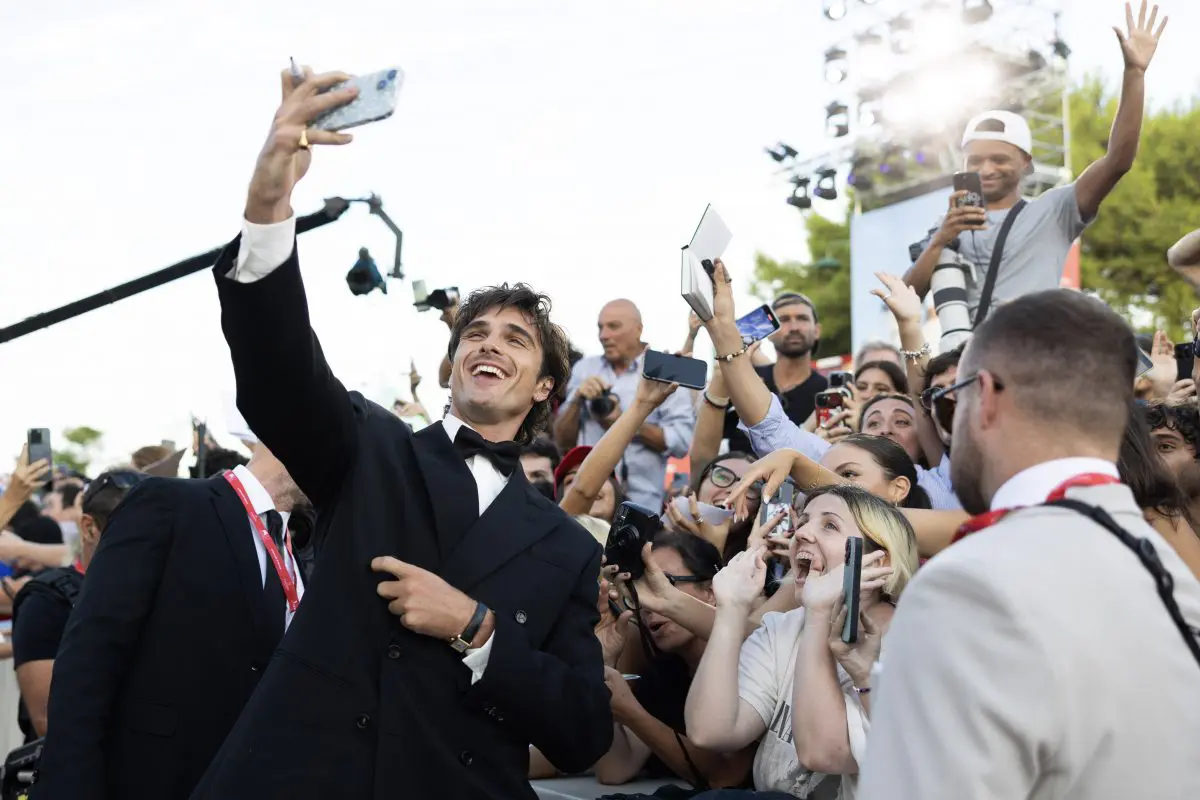
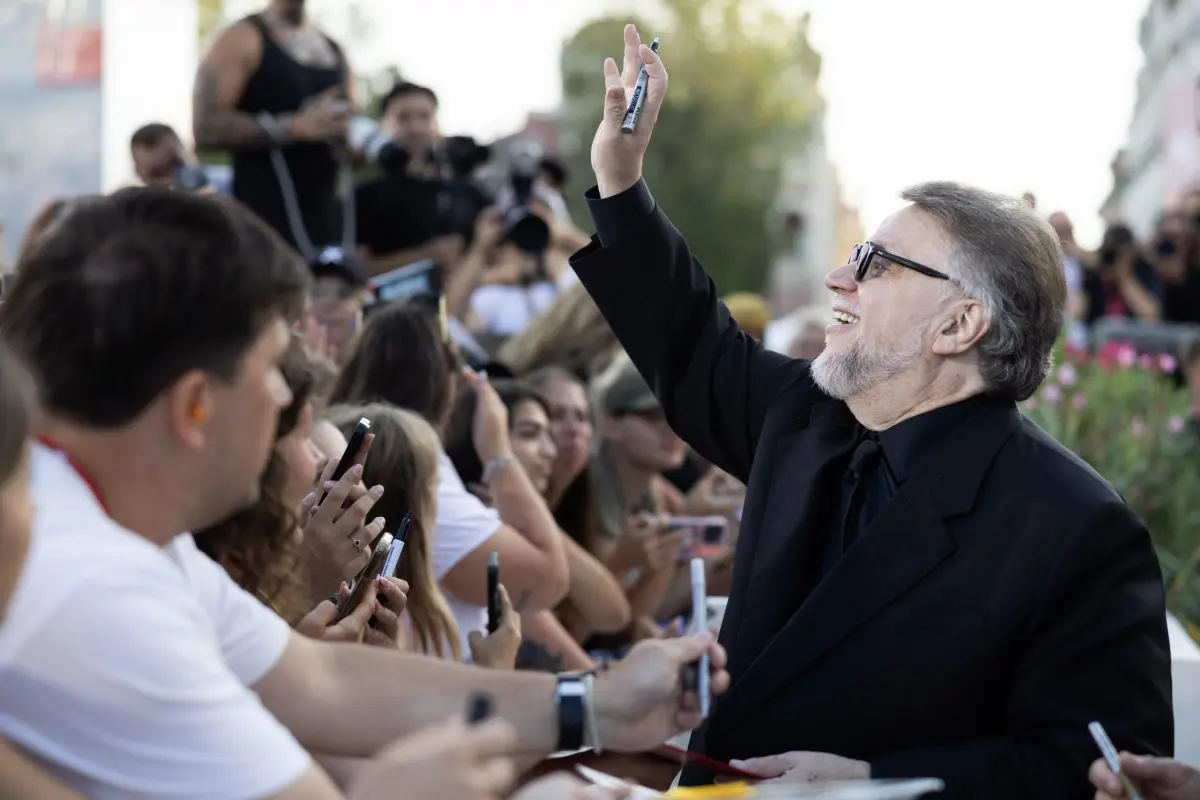
In Oscar-winning cinema, visuals are decisive, and del Toro transforms them into a sensation: effects, sound, costumes, and color are combined into a cohesive performance, where everything is aimed at enhancing the drama. Here, the monster no longer appears as an abstract symbol, but as a living creature (skillfully performed by Jacob Elordi). Its physicality adds vulnerability and evokes empathy. Costumes and color act as independent cues, as in Elizabeth’s appearance, which emphasizes her role in the story. In this way, del Toro changes the entire tone of the novel, which now plays as a cinematic portrait rather than a Gothic horror film, because Oscar-winning films prioritize emotion and feeling. This combination of choices makes Frankenstein accessible to a wide audience and compelling for the industry.
The director carefully builds towards the emotional climax. In his film, Victor admits his guilt for creating the monster and for abandoning him. This climax functions to resolve the conflict through empathy and reconciliation. Instead of ‘scientist’ and ‘monster’, the viewer now sees ‘father’ and ‘son’. This dramatic emphasis is what makes the film adaptation an Oscar contender.
